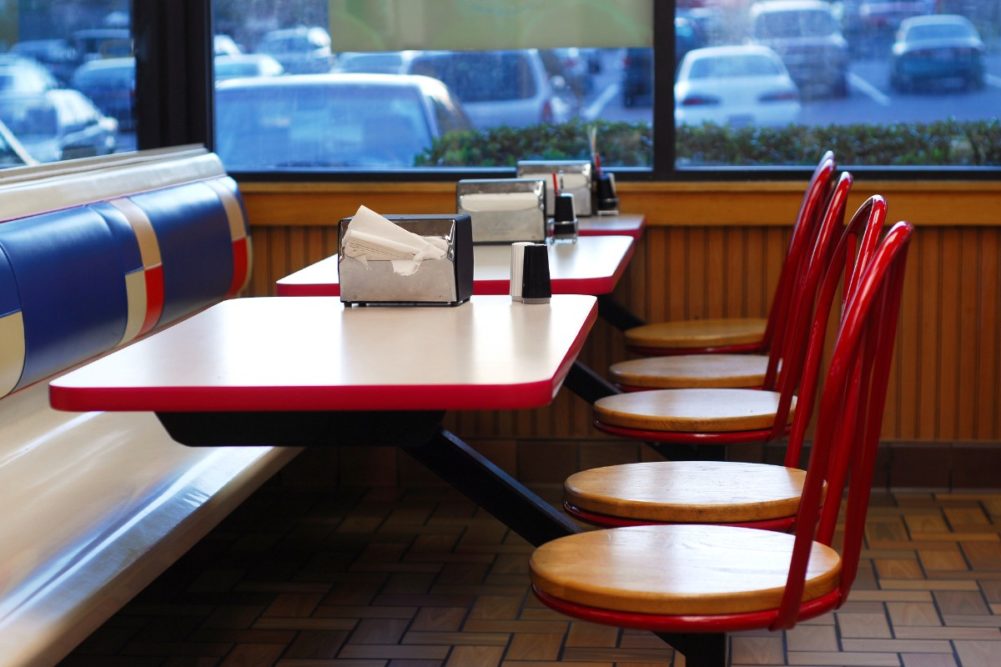KANSAS CITY, MO. — Data from AlixPartners and The NPD Group show mixed news for the restaurant industry as stay-at-home orders across the country expire and restrictions on in-store dining loosen.
US chain restaurant transactions improved in late April, with transactions down 32%, compared with a 36% decline the week prior, The NPD Group found.
Slightly less than 20% of meals were sourced via restaurants during the same period, according to AlixPartners, despite nearly one-third of consumers reporting they have not ordered from restaurants at all during the coronavirus (COVID-19) crisis.
“Looking to next week, we might anticipate the upward trend continuing as restaurants begin to reopen their dining rooms,” said David Portalatin, food industry adviser at The NPD Group.
Restaurants began reopening in Texas, Florida, Georgia, South Carolina and around a dozen other states at the end of April and beginning of May. Nearly 300,000 restaurants across several more states are expected to begin reopening with limited capacity during the next two weeks.
“As states and localities reopen, many restaurants are ready to open on the first day, while others need more time to prepare,” Portalatin said. “Still unknown is the number of restaurants that may never reopen. Other considerations are that many consumers may be cautious about returning to dining rooms; and a significant percentage of the population would remain in quarantine even if restrictions were lifted.”
A quarter of consumers plan to dine out less frequently than before the crisis started once restriction ease, AlixPartners found. Roughly the same amount said they do not plan to order from restaurants for the foreseeable future.
AlixPartners expects breakfast and snack occasions will see the biggest hits in both in-store and off-premises traffic. Dinner, which has accounted for the largest share of restaurant meals during the crisis (83%), likely will continue leading off-premises occasions.
“During the crisis, the dinner daypart has stood up best,” said Adam Werner, global co-head of restaurants, hospitality and leisure practice at AlixPartners. “Breakfast and lunch, at least Monday through Friday, have always been a function of us all going out to work. That has been severely damaged as we work from home. Going forward the biggest question mark is whether breakfast and lunch will start to return to where they once were.”
Millions of Americans receiving stimulus checks is unlikely to boost restaurant spending.
“When you ask people specifically what they wanted and what they intended to do in regards to their stimulus checks, three-quarters said they plan to use them for savings, groceries, paying rent and that sort of thing,” Werner said. “Only 5% tied it to restaurants.”
Sanitation and safety practices may influence consumer dining habits in the weeks and months ahead. Nearly 70% of consumers said a restaurant’s publicity around safety protocols related to COVID-19 will play a role when determining whether to cook at home or order delivery or takeout.
“In the past, it was health and wellness, in terms of nutritional value and locally sourced ingredients, that mattered most to consumers,” Werner said. “Sanitation standards were almost ubiquitous. I think as Americans, we're actually questioning what those new standards and those protocols should be, at least for now. The reason isn't because we're concerned so much that one restaurant chain versus another is unable to deliver. It’s that we’re not sure what the standards should be.”



